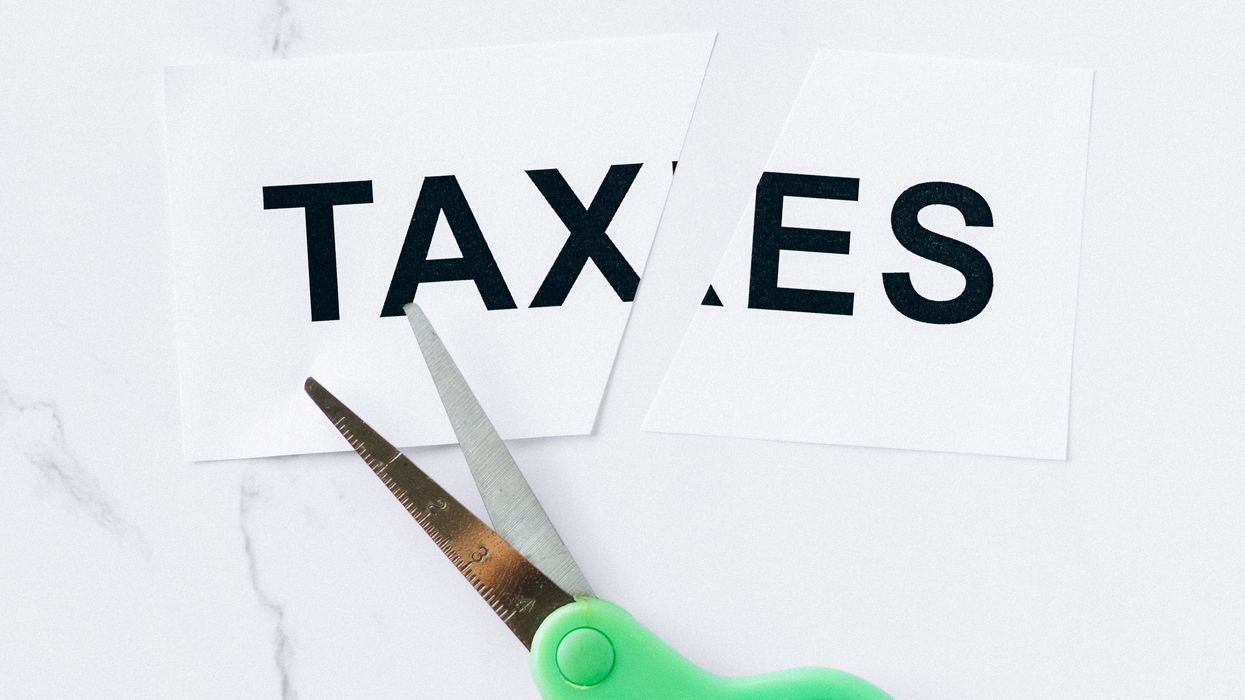You know, life is stressful enough on any normal day, and that’s without the rivers turning to blood, the seven scrolls being unsealed, and the frogs turning gay. So why not take the opportunity to de-stress during the Apocalypse, with these seven tips?
1. Cook a good meal

If there’s one thing you can count on as the Prince of the Power of the Air ascends his temporary Throne among man, it’s a lot of available, free heat! Why not seize the opportunity and grill up some burgers and hot dogs?!
Sure, you may have to scrounge around awhile to come across the meat you’ll need—and you might have to shoot a neighbor or two in the process—but hey…gotta crack a few eggs, am I right? Remember, it’s hard to hide from the blood cults when you’ve got a rumbly-tumbly, And you don’t want to face the end while you’re hangry, do you?
2. Become a Warlord

Nobody likes it when there are too many chefs in the kitchen and not enough lackeys. But great news! Almost everybody is dead now—so the law of averages is ruling in your favor! Start your own marauding militia out the right way by adopting just the right look! A little face paint here, a little camouflage military getup of the stolen-valor variety there. And hey, if you DON'T have a shrunken enemy skull firmly resting on top of a pike, you can make one in just a few weeks using some basic DIY skills, a little sand, and a fair bit of elbow grease.
3. Relax and Read a Good Book

You know what’s great about there being no electricity, internet, hot water, running water, clean drinkable water, food distribution networks, emergency services, clothing manufacturing, fuel of any sort, vehicle maintenance, and illicit massage parlors? So much free time to kick back and enjoy a good book! Go wild! The world is your oyster. Heck, read up on Marx; maybe this is the time it’ll work!
4. Enjoy a tax-free year

You know who has two thumbs (probably) and doesn’t have to pay taxes this year? YOU! Time to load up those wheelbarrows full of cash you were carting around before all the bombs fell, and make the dangerous, almost certainly suicidal trek all the way to Washington, D.C. where you can fan out your ten-million dollar bills in one hand, flip off the I.R.S. building with the other hand, and use the third hand you’ve suddenly grown from being around too much radiation to flip off the place where the White House used to be!
5. Go on a shopping spree

Remember when there were still things like television and the news? Remember all those people who engaged in mostly peaceful protests by doing fun things like ransacking Target stores while employees looked on, stealing TVs and designer clothes, smashing windows and occasionally killing people, all in the name of social justice? Didn’t that look like fun? Well, you’ve waited patiently, and now it’s YOUR turn. Have a ball! Get out there and grab all that fun stuff you never quite had the nerve or the fundamental lack of social morality to take in the past. Remember: it’s not looting if the store employees have been turned into swirling piles of radioactive ash!
6. Invest in green energy

Hey, remember all that time you spent whining and complaining about how green energy wasn’t really a solution for climate change? How things like windmills and solar panels were incredibly inefficient, unable to keep up with the power demands of the whole world, and a damned eyesore pretty much everywhere they were used? Hurray! That’s ALL over now! Not only has the world population been reduced to a tiny fraction of what it once was—freeing up so much potential green energy for the straggling few survivors—but…and this is the kicker…those are the only things that could possibly produce electricity now that the grid has been fried by EMPs! Don’t worry—they won’t work either, but they’ll make fantastic lawn ornaments and will give you something to do until you give up in frustration and move on to the next useless thing to spend your time on!
7. And finally...commit copyright fraud

And I mean rampantly, brother! You wanna claim you wrote Fifty Shades of Grey? Who’s going to take you to court over it? Who wrote the White Album? I did; fight me. I can always use another shrunken skull to put on my pike. Listen, the more you think of yourself like a North Korean dictator, and less like just some schmoe who happened to survive the fall of civilization, the more you’re going to be able to have a good time. And let’s be honest: at this point, having a good time is pretty much what it’s all about!

 Joe Raedle / Staff | Getty Images
Joe Raedle / Staff | Getty Images
 AASHISH KIPHAYET / Contributor | Getty Images
AASHISH KIPHAYET / Contributor | Getty Images Harold M. Lambert / Contributor | Getty Images
Harold M. Lambert / Contributor | Getty Images Adam Gray / Stringer | Getty Images
Adam Gray / Stringer | Getty Images